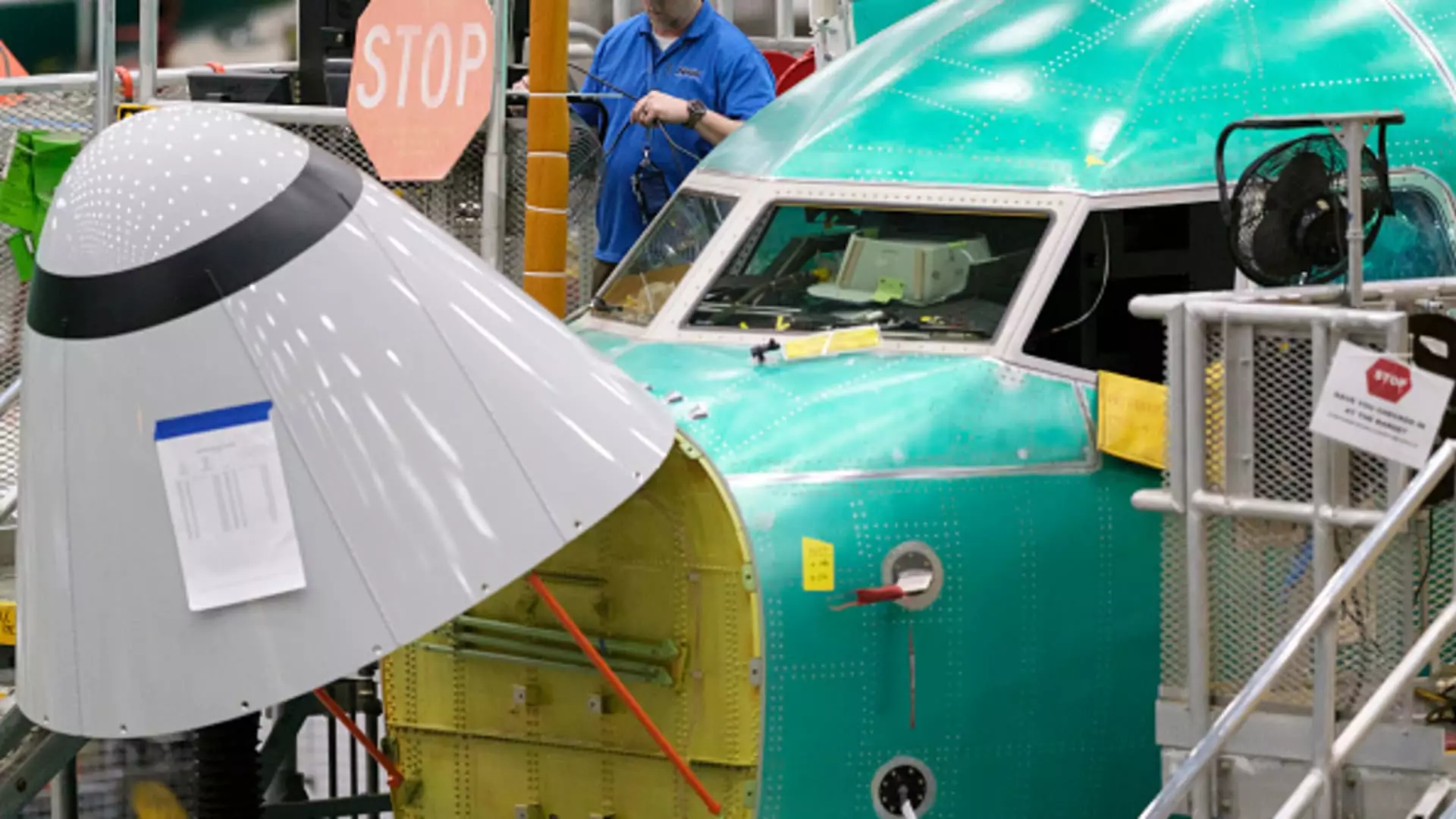Just before the potential chaos of a strike, Boeing, a global aerospace leader, managed to negotiate a tentative labor deal with the International Association of Machinists and Aerospace Workers (IAM). This agreement, influencing approximately 33,000 employees primarily based in Seattle and Oregon, comes at a critical time when Boeing is grappling with various operational challenges. By sidestepping a labor strike that could have severe implications, Boeing’s new CEO, Kelly Ortberg, gains a temporary reprieve that may permit the company to focus on addressing its safety and quality issues.
Key Features of the Agreement
The newly proposed labor deal signifies a notable increase in wages, encompassing a 25% raise over four years. Apart from the financial uplift, the agreement aims to alleviate healthcare expenses and improve retirement benefits for the employees. Such incentives are not merely financial; they also reflect a broader commitment to enhancing employee welfare and job satisfaction within an industry marked by intense competition and operational scrutiny. Furthermore, securing a commitment for the production of Boeing’s next aircraft in the Pacific Northwest can fortify job stability for the workforce in that region.
The support from the IAM emphasizes the critical role that workers play in sustaining Boeing’s reputation. In its communication, the union highlighted that the company’s choices significantly impact not just the financial health of Boeing but also the livelihoods tied to its success. The IAM’s statement reflects the understanding that the company’s missteps over the years—ranging from quality control failures to production delays—need to be addressed collaboratively between management and labor. By aligning with the proposed contract, workers have a vested interest in not only preserving their jobs but also in uplifting the company’s legacy.
While the agreement brings a sense of relief and optimism, several challenges remain on the horizon. While IAM’s members will have the opportunity to vote on the deal by September 12, the road toward financial stability and operational excellence for Boeing is likely to be fraught with complexities. The sentiment of a 40% raise, initially advocated for by union leadership, indicates underlying employee dissatisfaction which the new agreement may not wholly alleviate. Moreover, if not effectively communicated and implemented, the enhancements in healthcare and retirement benefits, though laudable, could face scrutiny in execution.
The tentative labor agreement between Boeing and the IAM marks a pivotal moment that could lead the company toward a more stable future. It demands a collective commitment from both management and workforce to ensure its success. As Boeing continues to navigate its convoluted path marred by past errors, this agreement holds the potential for transformative change—if the focus shifts from merely compensating employees to fostering a resilient organizational culture that prioritizes safety, reliability, and mutual respect. Only then can Boeing truly begin to mend its fractured reputation and secure a sustainable future.


Leave a Reply